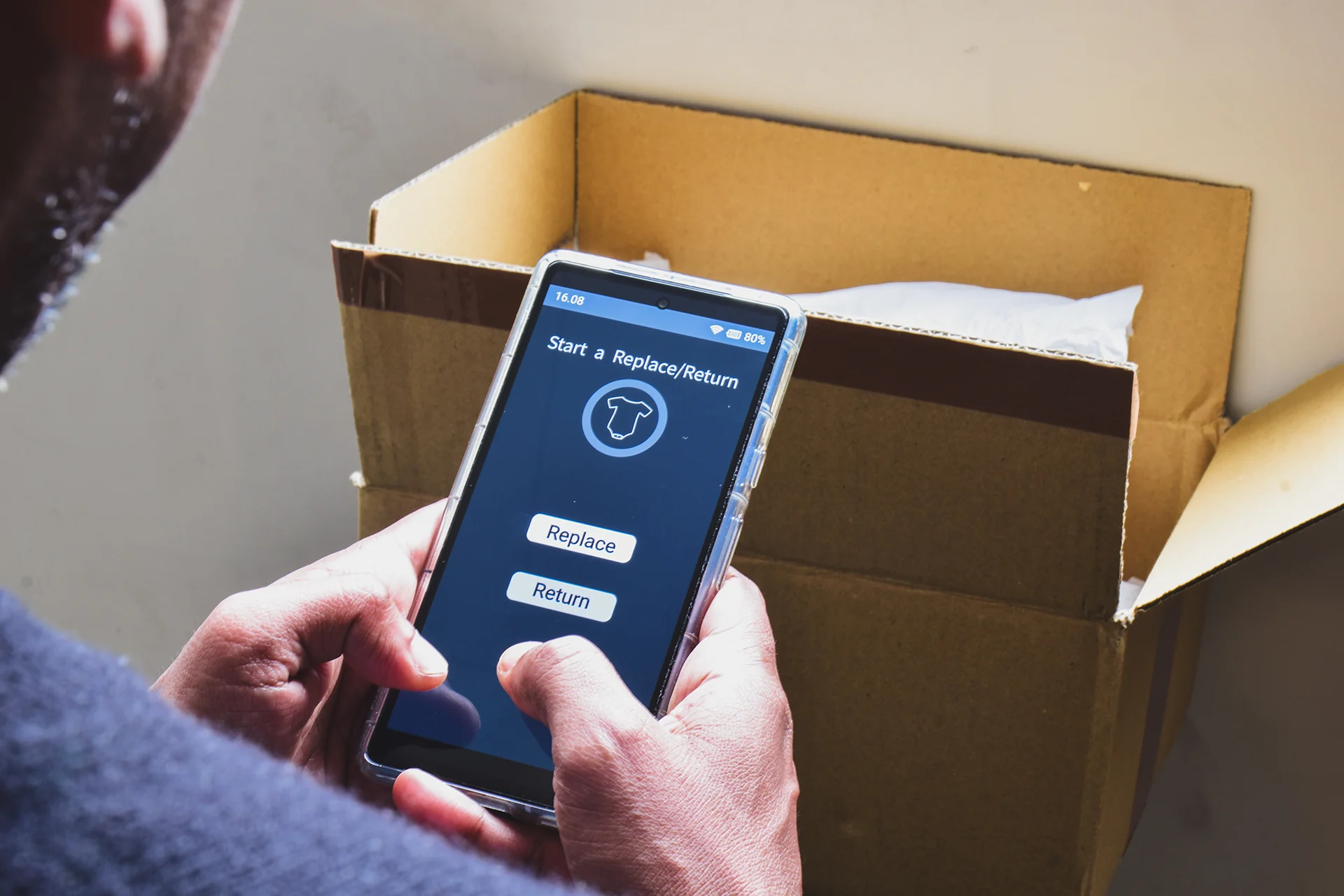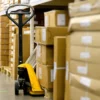Building an operationally efficient retail business is all about optimising every aspect of the company, from order fulfilment through to goods returned.
Many companies invest a lot of resources in the forward supply chain but rarely consider what happens to returned products.
This often-overlooked element of the business can lead to inefficiencies, lost opportunities and lower profits. With an increasing focus on sustainability, companies must be much smarter in the way they receive, resell, recycle and dispose of items returned by customers. A solution to this common problem is to put in place a detailed reverse logistics strategy.
Reverse logistics is essentially the opposite of order fulfilment. The focus shifts from picking, packing and shipping products from a company to the customer, instead placing emphasis on how products are processed when they are returned by the customer and sent back to the warehouse. There are many reasons why customers return items, from ordering multiple sizes through to a defective product or incorrect sizing for clothing or footwear items. It is important to recognise the reasons why customers return products so you can reduce the number of returns that your business must process.
One of your key considerations is to determine what will happen to a product once it arrives back in your warehouse. Firstly, mapping out your reverse logistics process is recommended, then you can identify what happens to the different items that are returned.
Reverse Logistics Process
Reverse logistics must operate as a well oiled machine to deliver real benefits. The specifics of the process will depend on the industry in which you operate but the general principles remain the same. The process can be broken down into five steps:
Step 1 – Returns Processing
The consumer expresses a wish to return an item. Include in this stage a form for the customer to complete which identifies the reason for the return.
Step 2 – Handling Returns
When the returned item returns at your warehouse, the product should be carefully inspected to identify which returns category it belongs to. With a well optimised reverse logistics operation, you should have an idea of where the product will go long before it arrives back at your warehouse. The product should then be assigned to a relevant category such as repair, resell, recycle, refurbish or dispose.
Step 3 – Distribute items for refurbishment or recycling.
With items identified for refurbishment or recycling, this should happen quickly as it will reduce the number of items that you have to store on a day to day basis.
Step 4 – Repair
When the item has been inspected to determine whether it is suitable for repair, it should be quickly moved to the relevant repair area. If a repair is not possible, spare parts can be sold and as many components reused. Keep waste to an absolute minimum.
Step 5 – Recycle
Any components that cannot be repaired, reused or sold should be sent for recycling.
Using this type of reverse logistics chain means that there is very little or no waste. You can even set up areas of the business to deal with the recycling of packaging.
With the process tailored to the products that you sell and the industry in which you operate, there are various components of reverse logistics that you should be aware of.
Returns Management
Dealing with product returns and the customer side of things. The goal of returns management is to minimise the number of returns from the customer side. Returns should be fast, efficient and simple for customers. Your returns policy should be fully transparent and easy to understand.
Refurbishment
Decide which products you will refurbish or recondition. This operation is complex, and you will need to bring on board the right teams to do this if you don’t intend to outsource it. The process will involve the repair, rebuild or reworking of all kinds of products. In doing so you can recover working parts and reuse or resell these components. If products are returned and the faults are not too severe, failures can be identified and problems addressed by refurbishing, repairing or re-manufacturing the product. It is then returned to stock in an ‘as new’ condition. Without a reverse supply chain for faulty goods, many of them would end up in landfill which is detrimental to the environment.
End of Life
There are some products that are returned it doesn’t work, can’t be repaired and has reached the end of its natural lifespan. Manufacturers will often recycle products that are at the end of their life.
With consumers buying an increasing number of technical devices such as Smartphones, this is creating a huge amount of waste. Circuit boards and mobile phones can be broken down into their various parts, with valuable materials such as gold, palladium, copper, silver and titanium recovered, a company can re-use these parts in many different ways.
A Focus on Sustainability
A huge part of your efforts in reverse logistics should focus on sustainability, reducing waste and being kinder on the environment. Consumers are more likely to buy from a company who promotes sustainability commitments and initiatives, and they are more likely to buy from your company again if the returns experience was a positive one.
Reverse logistics can go a long way to maintaining a seamless flow of goods. It can reduce costs, offer customers value, reduces waste and brings a positive outcome to the product lifecycle. The reverse logistics cycle allows companies to focus on a sustainable economy. Companies find new uses for unwanted, returned or end of life products through repair, recovery and recycling. Every part of a product has the potential to be reused in some way.
The circular economy is reflective of sustainability best practice. Reverse logistics has the power to create value by taking products that would ordinarily end up in landfill as waste and making them into something valuable, functional and effective that customers can benefit from. With effective reverse logistics, organisations can reduce storage and distribution costs while being kinder to the environment and prolonging the lifespan of everyday items.
When time and thought is invested into the reverse logistics process, it can go a long way to reducing storage costs, improving your reputation, fulfilling customer requirements and building a more sustainable business model.



